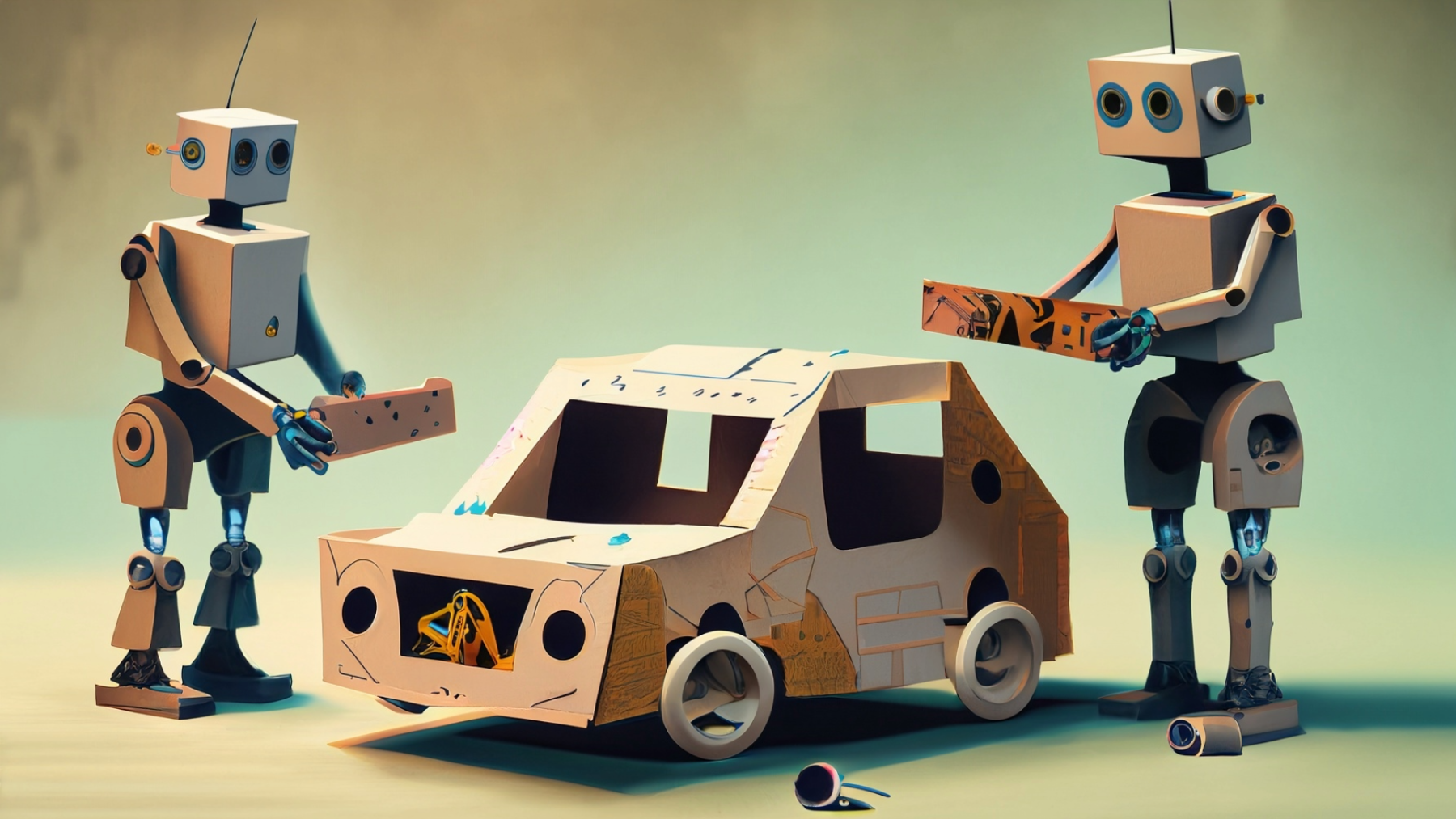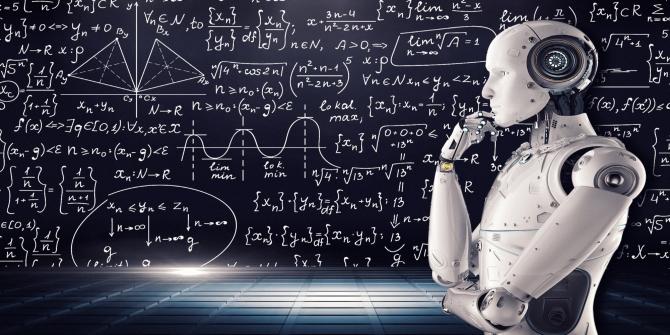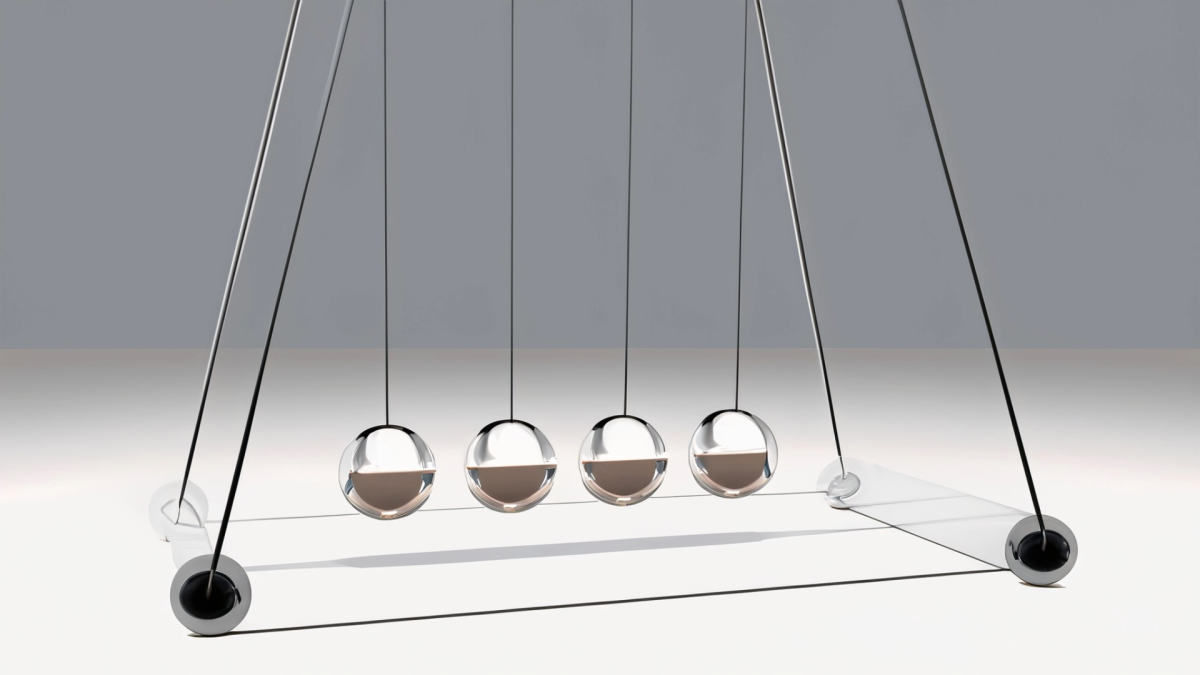
Design a Course with Friction
by Lisa Barnard
In the second part of this lesson, students will now test how friction can change the speed of a RC car. Students will first test the RC car on three different surfaces of their choice and time them with a stopwatch. Students will again be able to calculate the mean in their data. Finally, students will use their knowledge of friction in order to design a course to slow down a RC car.
Lesson Plan Link/URL
https://docs.google.com/presentation/d/1FD53o83pJMJn_a3is82B33sgA8j3WLeR/edit?u…Subject Area
Science Physical Science P3: Net Force P4: Energy Transfer Engineering S2: Apply the Engineering Design Process S4: Apply Science to Engineering Mathematics Statistics and Probability (SP)
Featured
On
Related Content

Grades:
9th Grade, 10th Grade, 11th Grade, 12th Grade
This lesson is designed for Day 3. Students use outside resources to modify and test helmet effectiveness with Pocketlab sensors. In this hands-on lesson, students will create a prototype and run

Featured
Penny Pendulums
Grades:
5th Grade
This is a simple and effective lesson that explores the science behind pendulums. Students make a basic pendulum to explore the variables of mass and string length and compare results to their

Grades:
2nd Grade, 3rd Grade, 4th Grade, 5th Grade
This unit has lessons which will introduce students to phenomena we encounter in the real world. Students will learn about high interest phenomenon through hands-on investigations. Students will